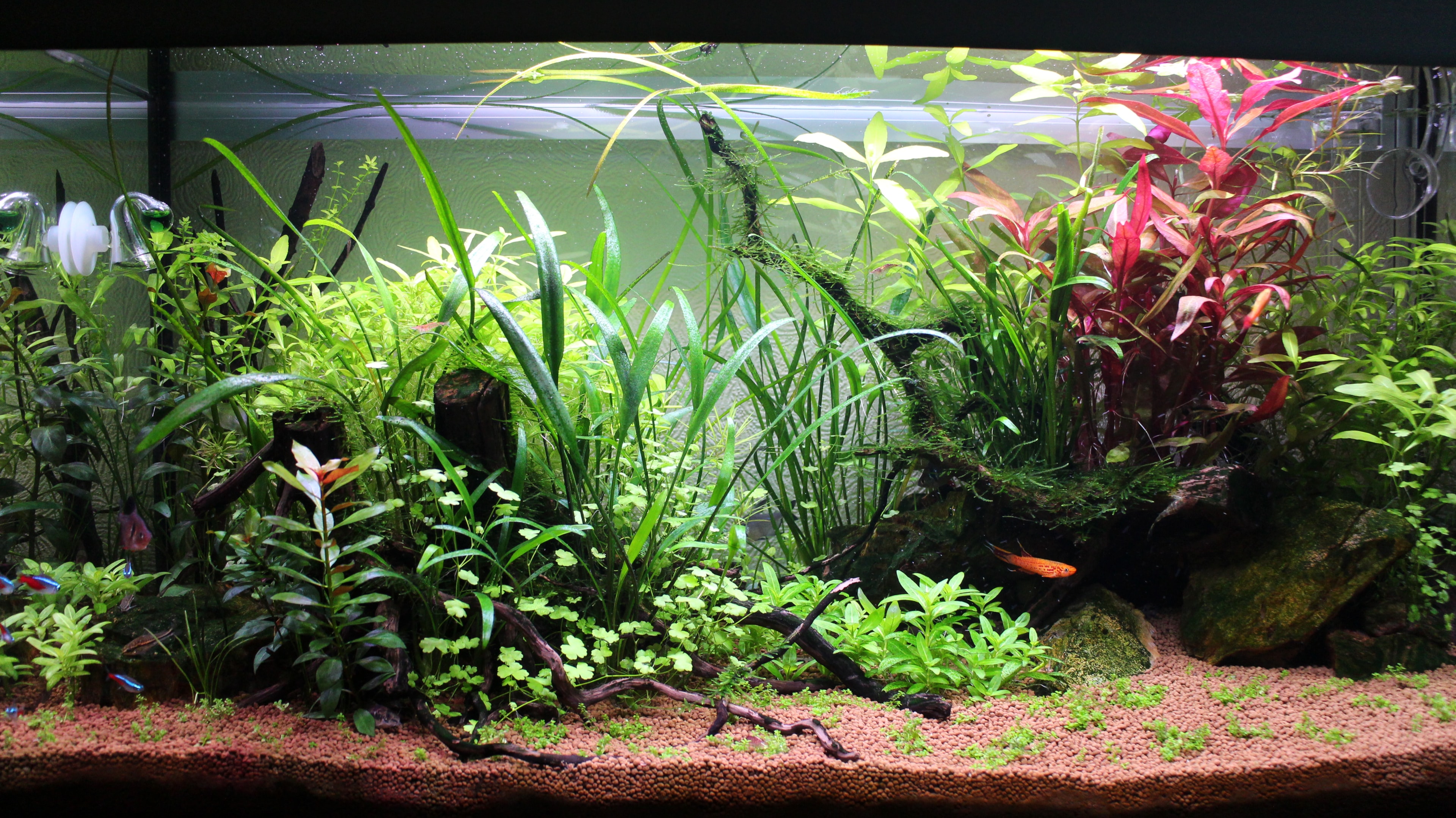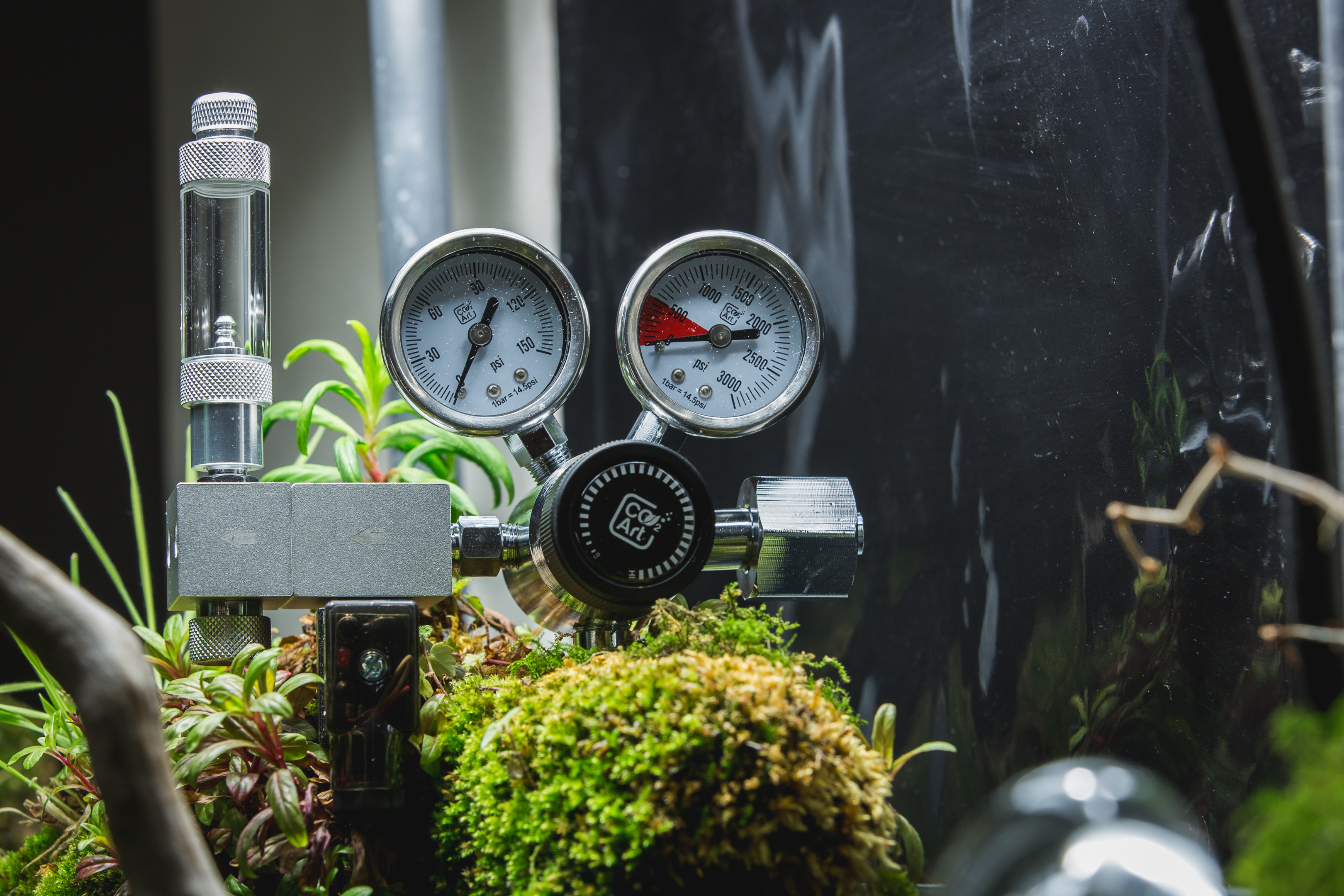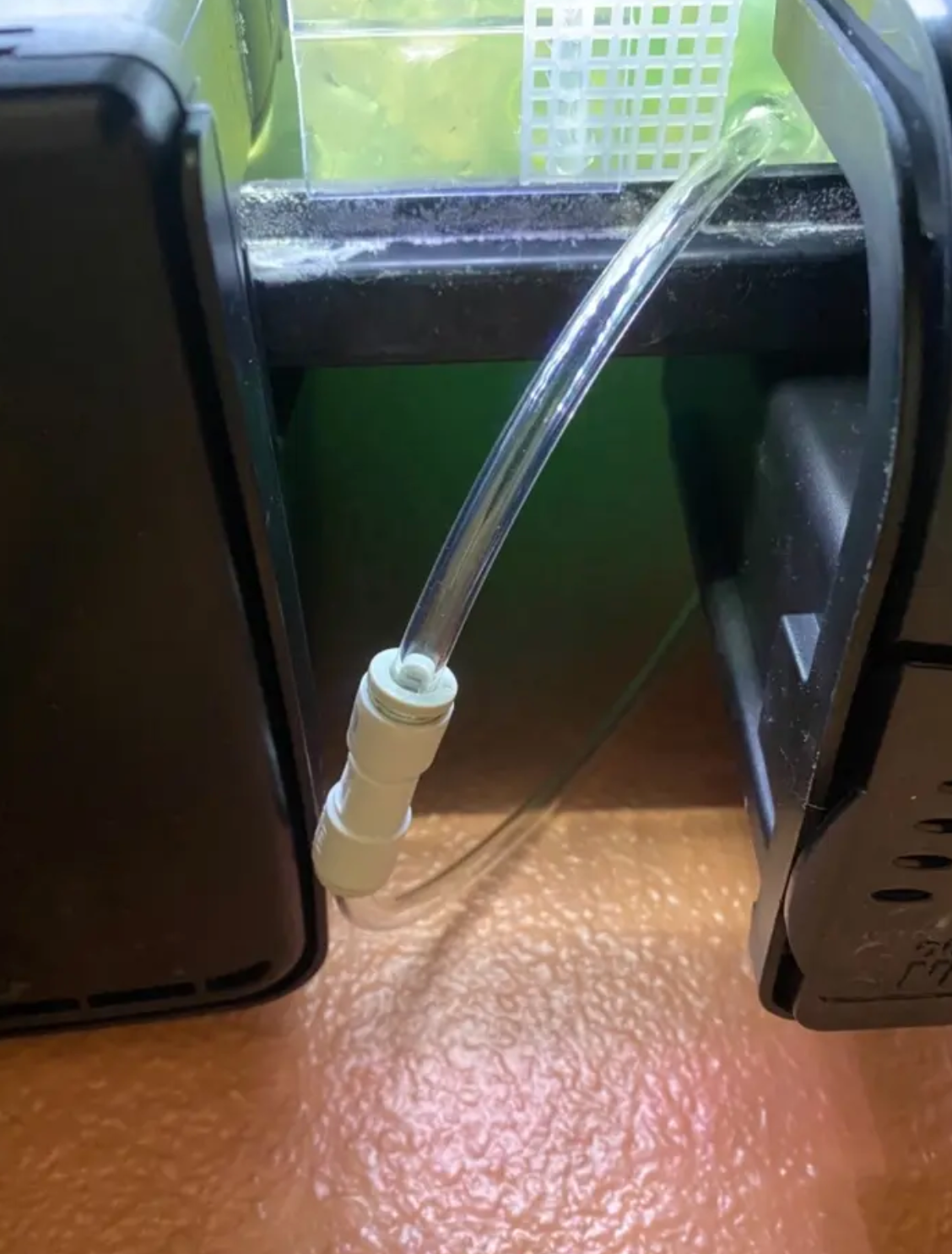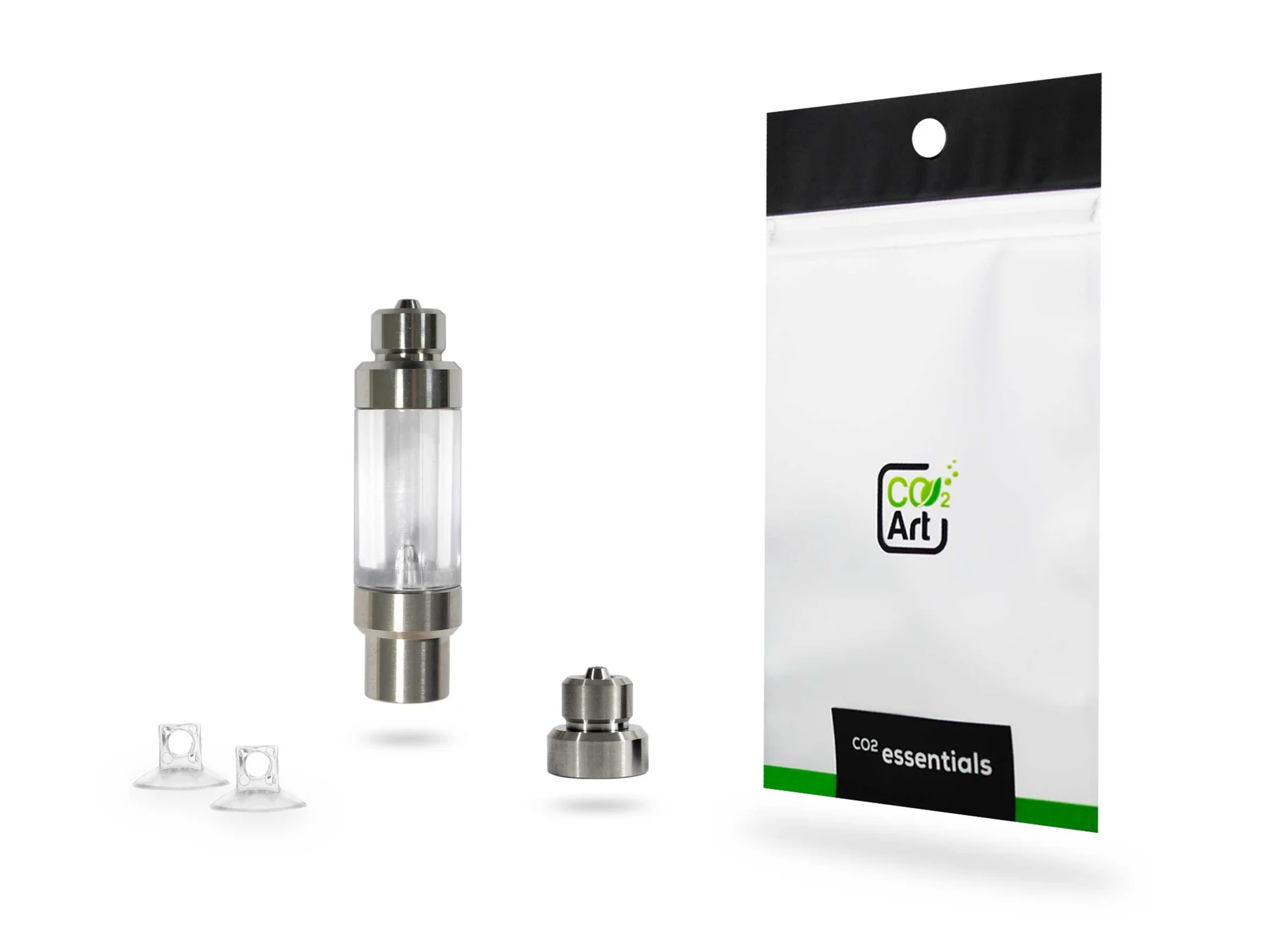Filling the bubble counter
A bubble counter is a vital component in any CO2 injection system for aquariums, serving as a visual indicator of the amount of CO2 entering the water. It consists of a transparent tube filled with water, where CO2 bubbles from the diffuser rise and accumulate. This simple yet effective device allows aquarists to monitor and regulate CO2 levels, ensuring optimal conditions for plant growth and aquarium health.
The CO2 bubble counter plays a crucial role in maintaining a balanced ecosystem by preventing CO2 overdosing, which can be harmful to fish and other aquatic organisms. By counting the bubbles passing through the counter per unit of time, aquarists can adjust the CO2 injection rate accordingly. This precise control not only fosters healthy plant growth but also promotes a stable and thriving aquarium environment. Understanding how to effectively utilise a bubble counter is fundamental for aquarists seeking to enhance the aesthetics and vitality of their planted aquariums.
Understanding CO2 Injections
CO2 injections are essential for promoting photosynthesis in aquarium plants, providing them with the carbon they need to thrive. A bubble counter is instrumental in this process, allowing aquarists to measure and adjust the rate of CO2 delivery accurately. This ensures that plants receive optimal CO2 levels without endangering the delicate balance of the aquarium ecosystem.
The CO2 bubble counter functions by capturing CO2 bubbles released from a diffuser and allowing them to rise through a liquid medium. As these bubbles accumulate, they provide a visual cue for aquarists to gauge the efficiency of their CO2 system. By integrating a bubble counter into their setup, aquarists can maintain consistent CO2 levels suitable for lush plant growth, thereby creating a visually stunning and healthy aquatic environment.

Importance of a Check Valve
A check valve is an essential safeguard in CO2 injection systems, including those with a bubble counter. Its primary function is to prevent water from siphoning back into the CO2 tubing when the CO2 supply is turned off or during power outages. This is crucial for maintaining the integrity of the CO2 system and preventing potential leaks that could harm the equipment or affect CO2 delivery to the tank.
Without a check valve, there is a risk of backflow, which can cause water to enter the regulator or CO2 tubing. This not only disrupts the bubble counter's function but can also lead to corrosion and damage over time. Therefore, ensuring the installation of a reliable check valve in your CO2 system is essential for the safety and efficiency of your aquarium setup.
Built-in Check Valve in Your Bubble Counter
Some bubble counters come equipped with a built-in check valve, enhancing their functionality and safety in CO2 injection setups. This integrated design simplifies the installation process by eliminating the need for a separate check valve in the CO2 tubing. It also reduces the risk of potential leaks and ensures continuous CO2 delivery to the tank.
The built-in check valve within a bubble counter operates automatically to prevent backflow, thereby protecting the CO2 system from water ingress. This feature is particularly beneficial in setups where space or complexity needs to be minimized. By incorporating a bubble counter with a built-in check valve, aquarists can streamline their CO2 injection setup while maintaining the reliability and performance needed for optimal plant growth in their aquariums.
Using a Drop Checker for CO2 Monitoring
In addition to a bubble counter, aquarists often use a drop checker as a supplementary tool for precise CO2 monitoring in their aquariums. A drop checker contains a pH-sensitive solution that changes color based on the dissolved CO2 levels in the water. This visual indicator complements the bubble counter by providing a secondary means of assessing CO2 concentration and ensuring that the CO2 injection rate is optimized for plant growth.
To use a drop checker effectively with a bubble counter, place it in a visible area within the aquarium and observe the color changes over time. Blue indicates low CO2 levels, while yellow or green signifies higher concentrations. By comparing these colour changes with the bubble rate from the bubble counter, aquarists can fine-tune their CO2 dosing regimen and maintain a healthy balance for their aquatic plants.

Step-by-Step Guide to Filling Your Bubble Counter
Filling a bubble counter correctly is essential for accurate CO2 measurement and system operation. Begin by preparing clean, fresh water suitable for aquarium use. Slowly fill the bubble counter, ensuring the liquid level is just below the top to prevent leaks or overflow into the CO2 tubing.
After filling, carefully attach the tubing from the CO2 source to the bubble counter inlet, ensuring a tight seal with appropriate screws or connectors. Check for any signs of leaks around the connections. Once secure, adjust the CO2 regulator and needle valve to start the flow of CO2 through the bubble counter. Monitor the bubble rate and adjust as needed to achieve the desired CO2 levels in the aquarium. Periodically, check the bubble counter for evaporation and refill with water as necessary to maintain accurate readings and prevent dry operation that could damage the equipment.
Common Mistakes to Avoid
One common mistake aquarists make is using substances other than water to fill their bubble counters. Chemicals or contaminants can disrupt the CO2 measurement accuracy and potentially harm aquatic life. Using different liquids than water, for example, oil, can clog the diffuser and irreversibly damage it. Another mistake is not checking for leaks in the tubing or around screws when setting up the bubble counter and CO2 system. Even minor leaks can lead to CO2 loss and system inefficiency over time, impacting plant growth in the aquarium.
Overfilling the bubble counter with water can also cause issues. Excess water might enter the CO2 tubing, leading to operational problems or damage to the CO2 equipment. It's crucial to follow manufacturer guidelines for refill and maintenance of the bubble counter to ensure optimal performance and longevity of the CO2 injection system.
Conclusion
Mastering the proper use and maintenance of a bubble counter is essential for any aquarist serious about maintaining a thriving planted aquarium. By understanding its role in monitoring CO2 levels and integrating it with other tools like drop checkers and check valves, aquarists can create a stable and healthy environment for aquatic plants. Remember to use only clean water for filling the bubble counter and regularly check for leaks or signs of malfunction. With careful attention to detail, the bubble counter becomes a valuable asset in achieving lush, vibrant plant growth and enhancing the overall beauty of the aquarium.
Meet our bestseller! The Pro-Elite Series Complete Aquarium CO2 System with New Inline CO2 Diffuser!







